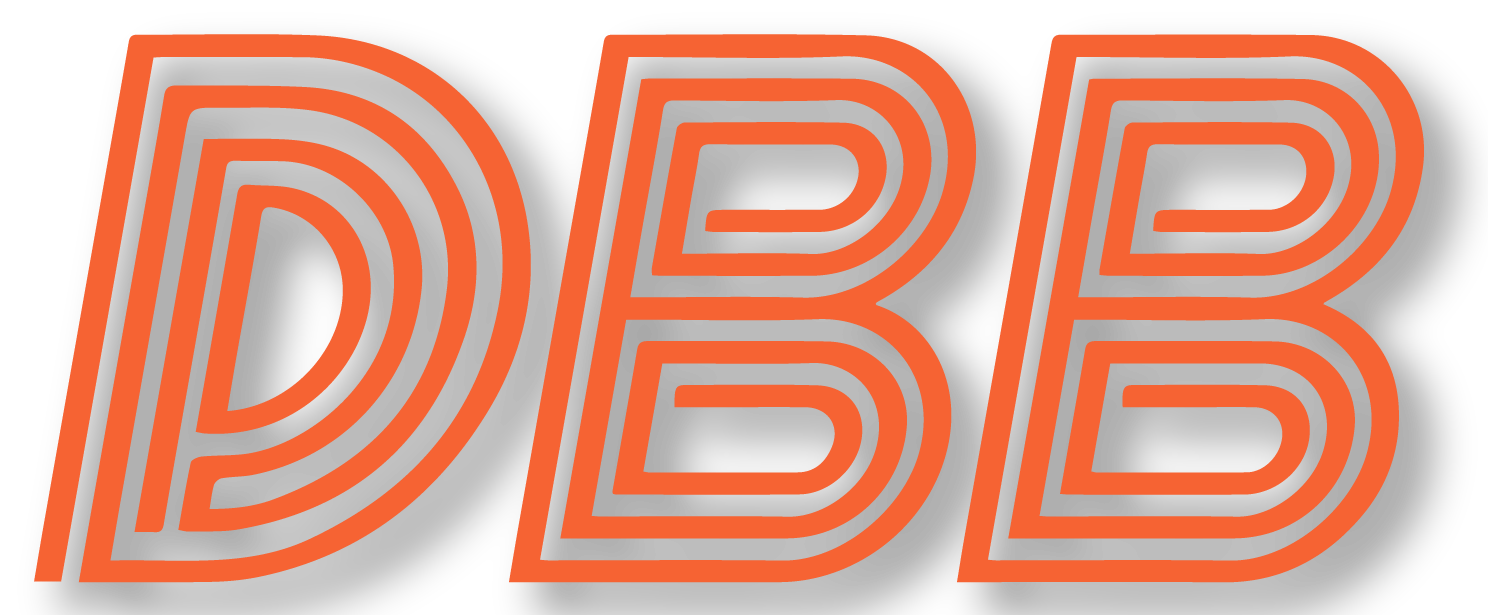The Bears traded up in the second round to select Teven Jenkins and then promptly cut Charles Leno, paving the way for Jenkins to take over as the starting left tackle on day one. Bears fans have high expectations for Jenkins, helped along by Ryan Pace saying he gave Jenkins a first-round grade.
With that context in mind, I thought it might be helpful to look at recent history of tackles drafted in the second round. This can give us an idea of what to expect from Jenkins, and see what rough odds are for him becoming a quality starter vs. being a bust. I looked at all draft picks from 2011-20 to give a 10-year sample featuring 26 players. Full data can be seen here.
____________________
Most Start as Rookies
18 of the 26 tackles (a very nice 69%) drafted in the second round started as rookies. Starter can be a bit difficult to define here due to injury and mid-season depth chart changes, so I considered them starters if they played more than half of their offense’s snaps and started in more than half of the games they appeared in, according to Pro Football Reference.
____________________
They Stay on the Field
All 18 of the players who started as rookies spent at least three years as a starter, or have not yet played three years in the NFL but are projected to continue starting in 2021.
11 of the 13 with four or more years of experience spent at least four seasons starting.
Of the 12 rookie starters drafted in 2015 or earlier (so at least 6 NFL seasons by now), nine of them have been a starter for six or more years, with more than half (7) being a starter for at least 8 years (or 6+ years and projected to continue starting in 2021).












